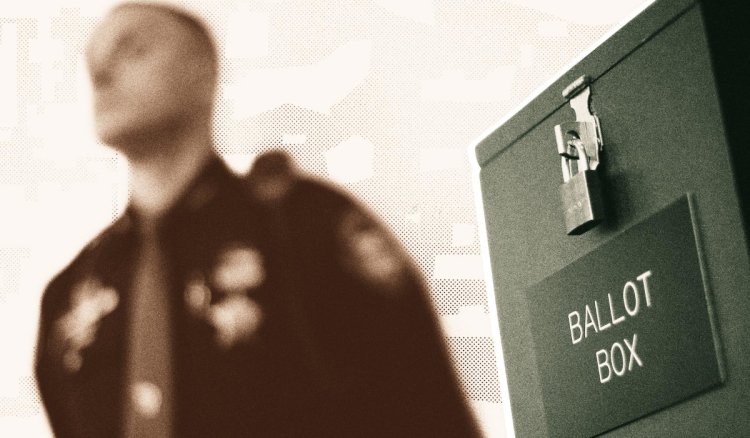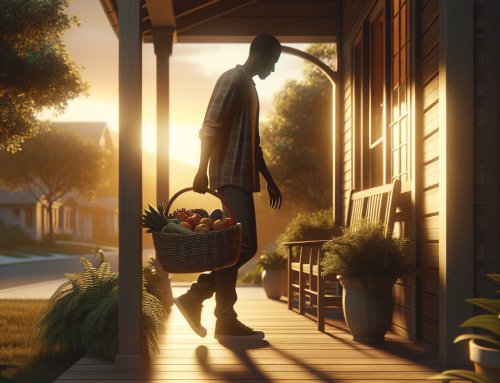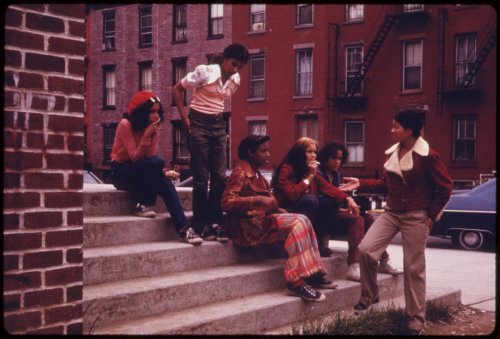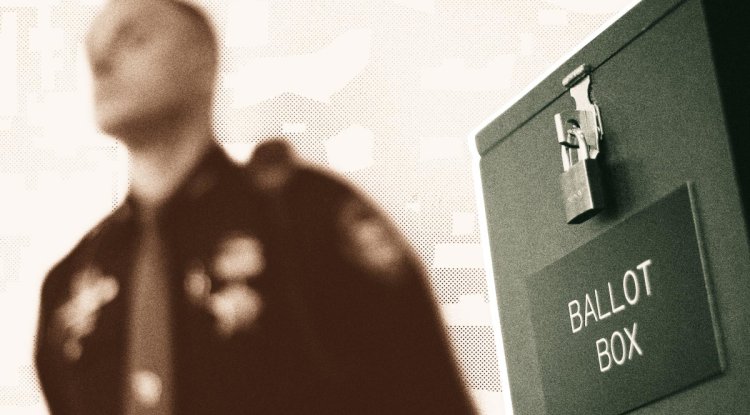More Black Communities Developing Gardens for Healthy Foods
Fortunately, there are many organizations already working on different aspects of addressing food apartheid, from building alternative food system models to providing ideas for policy reform.
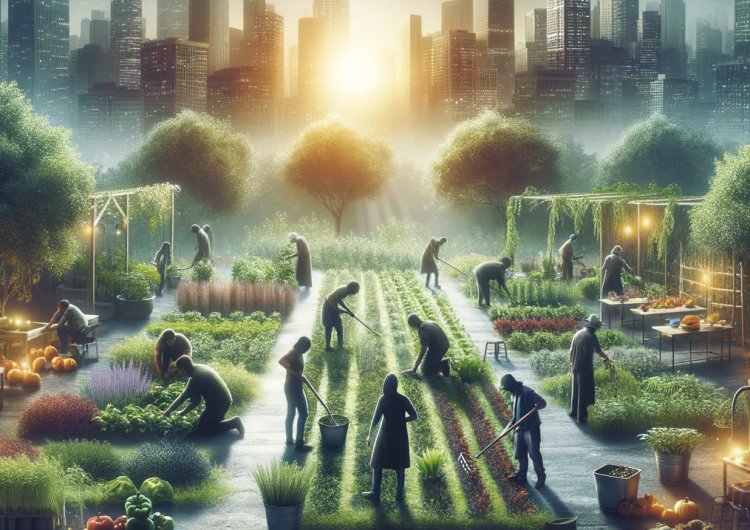
Recent studies confirm that grocery stores in lower-income Black neighborhoods offer less health food options than stores in more affluent, mostly white communities, making it more challenging for Blacks to maintain a normal weight and live a healthy lifestyle.
“Most Americans take for granted the convenience of a neighborhood super-market with many well-stocked aisles and a bounty of choices. But buying healthy, affordable food is a harder task for the residents of many majority-Black communities. One out of every five Black households is situated in a food desert, with few grocery stores, restaurants, and farmers markets. Unspoken “supermarket redlining” in many Black communities means that food is more expensive, choice is limited, and healthy organic products are harder to come by. This can reinforce poor nutrition, especially when convenience stores, whose offerings may not be considered health-oriented, are more often located in Black neighborhoods.”
“The term “food desert” emerged in the 1970s and 80s, but in the past decade has really caught on, and is now a common concept in economic and public health fields. The racial demographics of the areas described by this term are most often Black and Latino. When comparing communities with similar poverty rates, Black and Latino neighborhoods tend to have fewer supermarkets that offer a variety of produce and healthy foods, and have more small retail (i.e. convenience and liquor) stores that have fewer produce options than in predominantly white neighborhoods.”
Trying to better eating habits and a change of diet for many Blacks under a doctor’s care may require long drives to suburban neighborhoods just to get a decent variety of healthy foods. Foods such as fresh vegetables, whole grains and rice, various herbs and spices, and pasta are not as plentiful in urban grocery stores as they are in suburban stores.
This simply adds to the long list of neglect of the Black community. And contrary to popular beliefs, this shortage of decent food cannot be attributed to Blacks and their lifestyle, but to the practices of a capitalist system at work. How can any Black person be blamed for the distribution of goods and service to their communities, and the lack of choices of major grocery chains to choose from?
“Fortunately, there are many organizations already working on different aspects of addressing food apartheid, from building alternative food system models to providing ideas for policy reform. Organizations like The Ron Finley Project, the Detroit Black Community Food Security Network, and Whitelock Community Farm are strengthening regional food systems through urban and small-scale farming. SÜPRMARKT, Mandela Grocery, and other nonprofits are creating affordable, organic grocery stores, and re-thinking the grocery store model through co-ops. HEAL Food Alliance offers a comprehensive policy platform to address food apartheid root causes and build a better food system. As an example of transformative policy change, the Navajo Nation passed a tax on unhealthy food to fund community health initiatives in 2014. Ultimately, strong policies are necessary to ensure that no neighborhood experiences food apartheid and to redistribute power to remove systems of oppression.”
A statistical comparison was done by researchers with local health advocacy group Community Health Councils Inc., the University of Southern California and the University of California-Los Angeles. Among their findings, reported in the July issue of Journal of General Internal Medicine:
• 38% of the stores in the black communities carried skim milk, compared with 80% of white neighborhoods.
• 70% of the stores in the black neighborhoods had fresh fruits and vegetables, compared with 94% of the stores in the white communities.
• There was less variety of produce, and it was of a poorer quality, in the black neighborhoods: 13 fruits and 21 vegetables in a typical store in those areas, compared with 26 fruits and 38 vegetables in the stores in the mostly white communities.
Community members reported "finding unappealing vegetables and fruits such as brown bananas" in the lower-income neighborhoods, says lead author David Sloane, an associate professor of policy, planning and development at USC.
Another issue that comes to mind after gaining this knowledge is; are there any activist groups that are informing the Black community of what is good to eat and what is not. We cannot depend on HMO physicians to keep us informed of what new studies are done and their findings. We must get this knowledge for ourselves.
Black leaders who have access to this knowledge must take responsibility and relay this information to low-income community residences. The leaders must also gather formal petitions to demand better service in Black communities and not the substandard service we have been getting for too many years.


